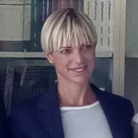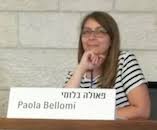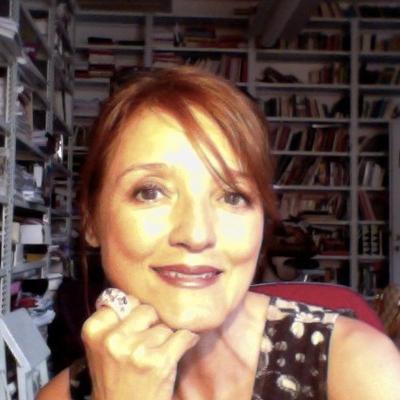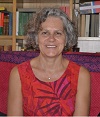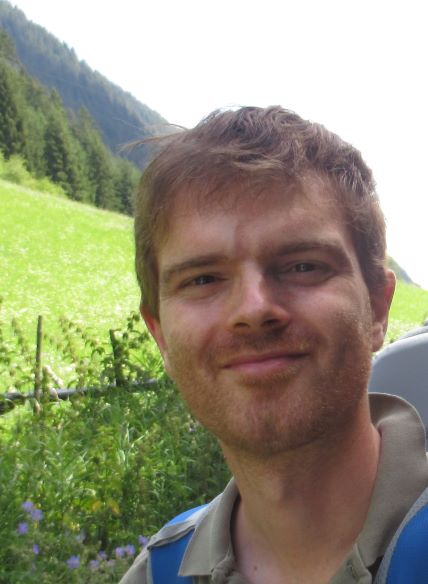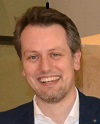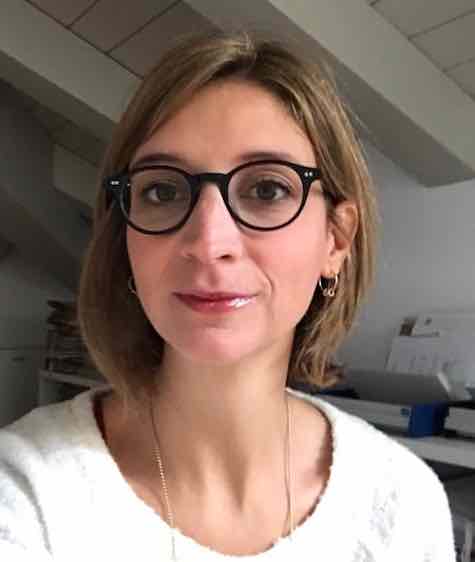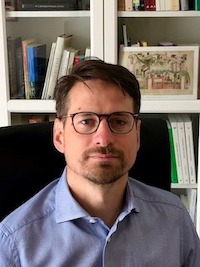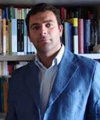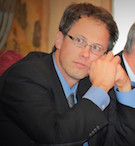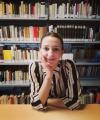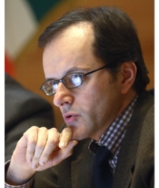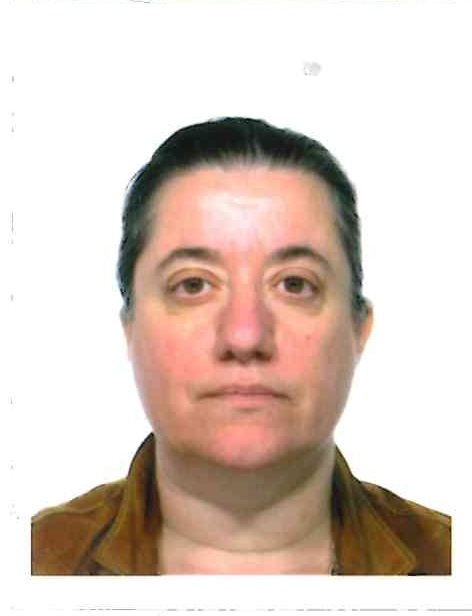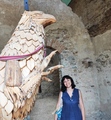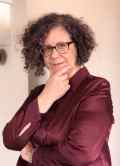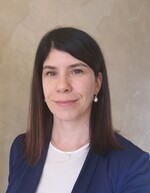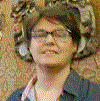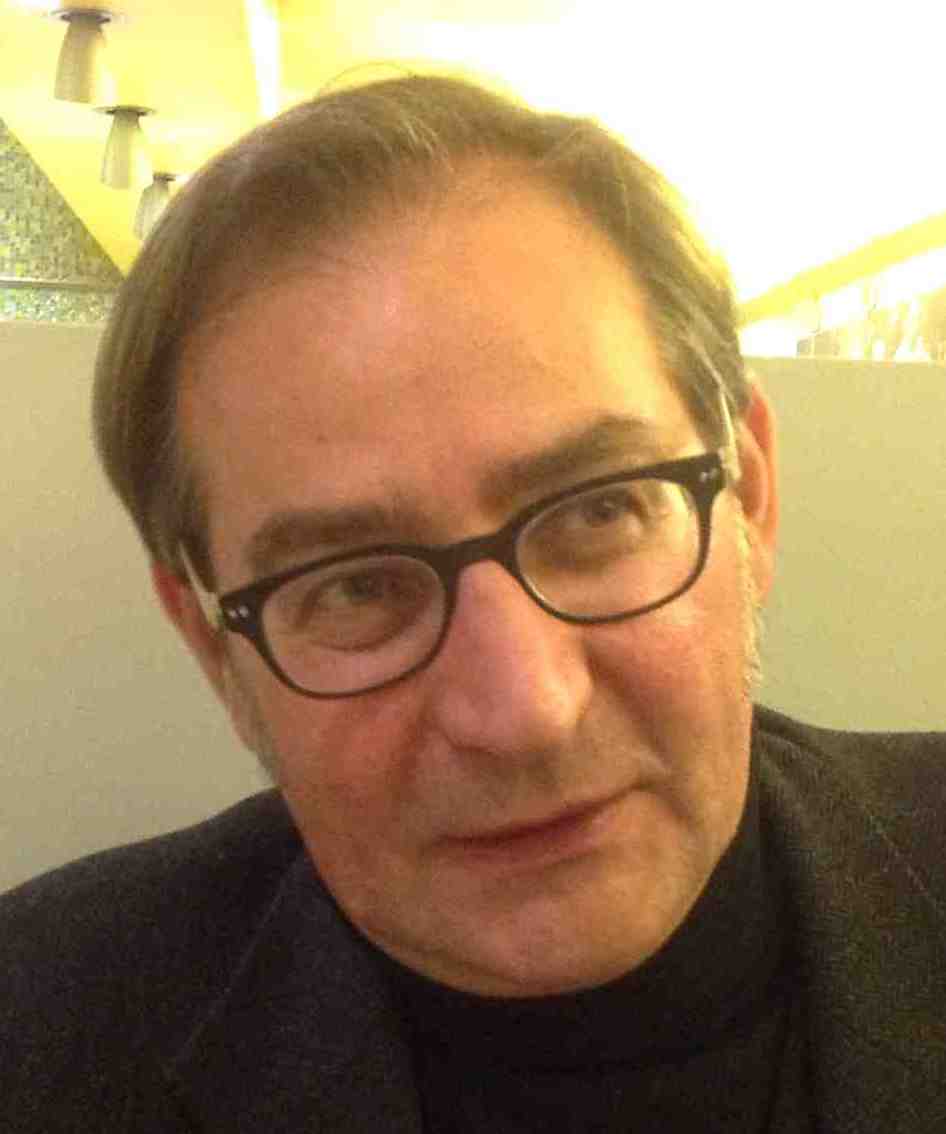Studying at the University of Verona
Here you can find information on the organisational aspects of the Programme, lecture timetables, learning activities and useful contact details for your time at the University, from enrolment to graduation.
Academic calendar
The academic calendar shows the deadlines and scheduled events that are relevant to students, teaching and technical-administrative staff of the University. Public holidays and University closures are also indicated. The academic year normally begins on 1 October each year and ends on 30 September of the following year.
Course calendar
The Academic Calendar sets out the degree programme lecture and exam timetables, as well as the relevant university closure dates..
| Period | From | To |
|---|---|---|
| I SEMESTRE | Oct 3, 2016 | Jan 21, 2017 |
| II SEMESTRE | Feb 27, 2017 | Jun 10, 2017 |
| Session | From | To |
|---|---|---|
| Lingue - SESSIONE INVERNALE | Jan 23, 2017 | Feb 25, 2017 |
| Lingue - SESSIONE ESTIVA | Jun 12, 2017 | Jul 29, 2017 |
| Lingue - SESSIONE AUTUNNALE | Aug 21, 2017 | Sep 23, 2017 |
| Session | From | To |
|---|---|---|
| Lingue - Sessione di laurea invernale | Apr 3, 2017 | Apr 8, 2017 |
| Lingue - Sessione di laurea estiva | Jul 10, 2017 | Jul 15, 2017 |
| Lingue - Sessione di laurea autunnale | Dec 18, 2017 | Dec 21, 2017 |
| Lingue - sessione di laurea invernale | Mar 23, 2018 | Mar 29, 2018 |
| Period | From | To |
|---|---|---|
| FESTA DI OGNISSANTI | Nov 1, 2016 | Nov 1, 2016 |
| FESTA DELL'IMMACOLATA CONCEZIONE | Dec 8, 2016 | Dec 8, 2016 |
| Vacanze Natalizie | Dec 23, 2016 | Jan 7, 2017 |
| Vacanze Pasquali | Apr 14, 2017 | Apr 18, 2017 |
| Festa della Liberazione | Apr 25, 2017 | Apr 25, 2017 |
| Festa dei Lavoratori | May 1, 2017 | May 1, 2017 |
| FESTA DEL SANTO PATRONO SAN ZENO | May 21, 2017 | May 21, 2017 |
| Festa della Repubblica | Jun 2, 2017 | Jun 2, 2017 |
| Vacanze Estive | Aug 14, 2017 | Aug 19, 2017 |
| Description | Period | From | To |
|---|---|---|---|
| ANNUALE | ANNUALE | Oct 3, 2016 | Jun 10, 2017 |
Exam calendar
Exam dates and rounds are managed by the relevant Foreign Languages and Literatures Teaching and Student Services Unit.
To view all the exam sessions available, please use the Exam dashboard on ESSE3.
If you forgot your login details or have problems logging in, please contact the relevant IT HelpDesk, or check the login details recovery web page.
Should you have any doubts or questions, please check the Enrollment FAQs
Academic staff
 valentina.adami@univr.it
valentina.adami@univr.it
 paola.bellomi@univr.it
paola.bellomi@univr.it
 daniele.beltrame@univr.it
daniele.beltrame@univr.it
 paolamaria.caleffi@univr.it
paolamaria.caleffi@univr.it
 riccardo.cella@univr.it
riccardo.cella@univr.it
 elisa.dallarosa@univr.it
elisa.dallarosa@univr.it
 sara.dattoma@univr.it
sara.dattoma@univr.it
 mariangela.lando@univr.it - marilando771@gmail.com
mariangela.lando@univr.it - marilando771@gmail.com
 stefania.montemezzo@univr.it
stefania.montemezzo@univr.it
 chunye.niu@univr.it
chunye.niu@univr.it
 alessia.polatti@univr.it
alessia.polatti@univr.it
 dora.renna@univr.it
dora.renna@univr.it
 fabioantonio.scrignoli@univr.it
fabioantonio.scrignoli@univr.it
 tania.triberio@univr.it
tania.triberio@univr.it
 sonia.trovato@univr.it
sonia.trovato@univr.it
Study Plan
The Study Plan includes all modules, teaching and learning activities that each student will need to undertake during their time at the University.
Please select your Study Plan based on your enrollment year.
1° Year
| Modules | Credits | TAF | SSD |
|---|
1st foreign language2nd foreign language1st foreign literature and cultureGerman literature and culture 1
2nd foreign literature and cultureGerman literature and culture 1
2° Year activated in the A.Y. 2017/2018
| Modules | Credits | TAF | SSD |
|---|
Italian literature and culture
Geography of communication and international trade
Modern and Contemporary Economic History
Theory and Techniques of communication
1st foreign language2nd foreign languageFirst language foreign literature and culture or a related courseEnglish literature and culture 2
German literature and culture 2
Spanish literature and culture 2
Second language foreign literature and culture or a related courseEnglish literature and culture 2
German literature and culture 2
Spanish literature and culture 2
3° Year activated in the A.Y. 2018/2019
| Modules | Credits | TAF | SSD |
|---|
Comparative and European Public law
Principles of international marketing
1st foreign language2nd foreign language| Modules | Credits | TAF | SSD |
|---|
1st foreign language2nd foreign language1st foreign literature and cultureGerman literature and culture 1
2nd foreign literature and cultureGerman literature and culture 1
| Modules | Credits | TAF | SSD |
|---|
Italian literature and culture
Geography of communication and international trade
Modern and Contemporary Economic History
Theory and Techniques of communication
1st foreign language2nd foreign languageFirst language foreign literature and culture or a related courseEnglish literature and culture 2
German literature and culture 2
Spanish literature and culture 2
Second language foreign literature and culture or a related courseEnglish literature and culture 2
German literature and culture 2
Spanish literature and culture 2
| Modules | Credits | TAF | SSD |
|---|
Comparative and European Public law
Principles of international marketing
1st foreign language2nd foreign language| Modules | Credits | TAF | SSD |
|---|
Legend | Type of training activity (TTA)
TAF (Type of Educational Activity) All courses and activities are classified into different types of educational activities, indicated by a letter.
Spanish language 3 (2018/2019)
Teaching code
4S002923
Teacher
Coordinator
Credits
9
Language
Spanish
Scientific Disciplinary Sector (SSD)
L-LIN/07 - LANGUAGE AND TRANSLATION - SPANISH
Period
II semestre dal Feb 18, 2019 al Jun 1, 2019.
Learning outcomes
By the end of the course students:
– will be familiar with essential concepts of lexicology and morphology;
– will be familiar with the pragmatic and stylistic resources that feature in specialised texts relating to tourism, economics and advertising;
– will have learnt conversation strategies as well as oral and written textual conventions and will be able to apply them to the specified fields.
Expected Spanish proficiency level is C1 according to the Common European Framework of Reference for Language.
Program
The course will offer an introduction to the fundamental concepts of morphology (the concept of word, lexeme/morpheme, inflectional morpheme/derivational morpheme etc.) and of lexicology with the aim of applying them to the analysis of commercial and touristic texts (newspaper and magazine articles, web pages, social media, advertising).
Thus it will be possible to assess the current neological and lexical innovation trends in Spanish, with special attention paid to digital media. Furthermore, the course will take into account different aspects of lexical creativity (use of metaphors, puns etc.) within advertising, economic and touristic texts.
Lectures will be supported by powerpoint presentations and by multimedia material; there will also be workshop-style classes with practical activities focusing on the analysis of advertising texts, web pages and social media use of language in the specified domains.
Students from both curricula are expected to study chapters 1-8 and 10-11 of Casado Velarde’s monograph; furthermore, CINT and TUR students will have to study the following bibliography, according to their curriculum:
TUR
- Navarro, C., “Creación neológica en el vocabulario de la gestión del turismo gastronómico”, in G. Bazzocchi, P. Capanaga, S. Piccioni (eds.), Turismo ed enogastronomia tra Italia e Spagna, Milano, Franco Angeli, 2011, pp. 87-97.
- Navarro, C. and R. Miotti, “La combinatoria preferente en los sitios web de los lugares patrimonio de la UNESCO españoles e italianos”, in M. V. Calvi and G. Mapelli (eds.), La lengua del turismo, Berna, Peter Lang, 2011, pp. 315-334.
CINT
- Gallardo, N., “Neología especializada: evaluación de los neologismos creados en el área de la economía como consecuencia de la crisis económica española”, in F. Dalle Pezze, M. De Beni and R. Miotti (eds.), Quien lengua ha a Roma va, Mantova, Universitas Studiorum, 2014, pp. 183-224.
| Author | Title | Publishing house | Year | ISBN | Notes |
|---|---|---|---|---|---|
| Casado Velarde, Manuel | La innovación léxica en el español actual (Edizione 2) | Síntesis | 2017 | 978-84-9077-151-8 | Edizione 2015 o 2017 |
Examination Methods
The exam will be a written test that will ascertain the depth of knowledge acquired on the topics on the syllabus, as well as the correct use of language, the terminological precision, and the ability to connect the information as a network of knowledge.
The exams questions will focus on the syllabus topics covered during the lessons, on the teaching material provided and on the course bibliography; students may sit the exam only after they have obtained a C1 certificate in Spanish language (or higher level).
The test will have a duration of 75 minutes and will be entirely in Spanish. It will include multiple choice questions, short answer questions, and open questions. Some questions will require metalinguistic competence and the ability to identify phenomena covered during the course and to provide clear examples.
The final mark will be expressed in a scale of 30 and will be the average between the grade obtained in the written test and the grade from the Spanish proficiency exam (converted in a scale of 30 in accordance with the indications detailed in “Vademecum normativo per gli studenti dell'Area di Lingue e Letterature Straniere").
Exam results will be communicated as a notice in the dedicated section of the web page (“Avvisi”).
Syllabus, bibliography, and assessment methods and criteria are the same for all students, including students who do not attend classes.
Erasmus students are invited to get in touch with the lecturer at the beginning of the course for further information.
PREREQUISITES – SPANISH PROFICENCY LEVEL
Spanish proficiency level C1 (or higher) is a prerequisite for the course and it corresponds to 3 out of 9 CFU awarded by this course.
Proficiency level validation is based on certificates issued by CLA (Centro Linguistico di Ateneo) or by Instituto Cervantes and it is a requirement for the exam with the lecturer for Lengua española 3.
As detailed in "Vademecum normativo per gli studenti dell'Area di Lingue e Letterature Straniere", C1 certificate is valid for five years.
Before sitting the final exam students must have passed and registered the following exams (as stated in "Vademecum normativo per gli studenti dell'Area di Lingue e Letterature Straniere"): Lengua española 2 and Literatura española 2/Lengua, literaturas y culturas hispanoamericanas.
Type D and Type F activities
To discover all the teaching activities accredited by the foreign teaching college click here
Career prospects
Module/Programme news
News for students
There you will find information, resources and services useful during your time at the University (Student’s exam record, your study plan on ESSE3, Distance Learning courses, university email account, office forms, administrative procedures, etc.). You can log into MyUnivr with your GIA login details: only in this way will you be able to receive notification of all the notices from your teachers and your secretariat via email and also via the Univr app.
Student login and resources
Gestione carriere
Assegnazione tutore
Attività accreditate D/F
Calendario didattico dettagliato
Cambio lingua curriculare
Competenze informatiche
Competenze linguistiche (prima e seconda lingua)
Competenze linguistiche in triennale (terza lingua CFU F)
Compilazione del piano didattico
Corso di Lingua portoghese
Erasmus+ e altre esperienze all'estero
Linguistic training CLA
Presentazione dei corsi di studio e Open day
Graduation
Saperi minimi
Stage e tirocini
Nel piano didattico della laurea triennale in Lingue per il turismo e il commercio internazionale (L12) è previsto un periodo di stage obbligatorio (CFU 6) in organizzazioni imprenditoriali.
Le attività di stage sono finalizzate a far acquisire allo studente una conoscenza diretta in settori di particolare interesse per l’inserimento nel mondo del lavoro e per l’acquisizione di abilità professionali specifiche.
Le attività di stage sono svolte sotto la diretta responsabilità di un singolo docente presso studi professionali, enti della pubblica amministrazione, aziende accreditate dall’Ateneo veronese.
I crediti maturati in seguito ad attività di stage saranno attribuiti secondo quanto disposto nel dettaglio dal “Regolamento d’Ateneo per il riconoscimento dei crediti maturati negli stage universitari” vigente.
- Tutte le informazioni in merito agli stage per futuri studenti sono disponibili alla pagina Stage e tirocini.
- Tutte le informazioni in merito agli stage per studenti iscritti sono pubblicate in MyUnivr - come fare per - stage e tirocini.
- Tutte le informazioni in merito agli stage per le aziende sono disponili alla pagina Stage e tirocini per azienze.
Ulteriori informazioni al seguente link https://www.univr.it/it/i-nostri-servizi/gestione-carriere-studenti-lingue-e-letterature-straniere/stage-e-tirocini-lingue-e-letterature-straniere


 +39 045802 8409
+39 045802 8409
